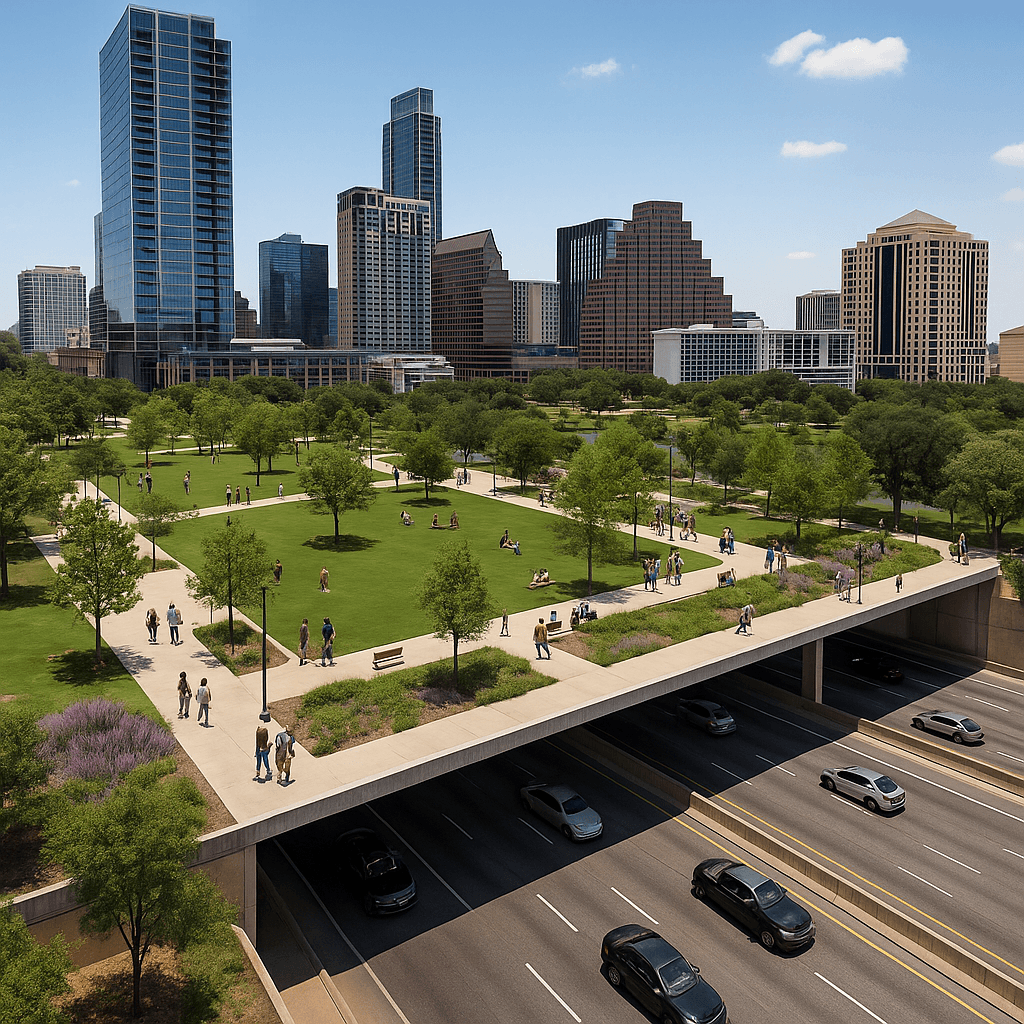As we discussed in our last entry, the City of Austin is implementing a Strategic Housing Plan to help meet the need for affordable housing in the City. Through the Plan, the City hopes to align its resources to implement a shared vision to encourage the creation of more affordable housing. This includes coordinating funding, incentives, transportation lines, etc., to have a fully integrated housing plan.
Austin recognizes that it has a growing problem – fewer people can afford to live in the City. And as more people move to the area, the competition for housing grows. In addition, as developers build new properties and property taxes rise with the housing values, lower income families are being further priced out of the market.
The City conducted a study to learn more about how to combat this issue. It determined that by 2045, Austin’s population is likely to grow by approximately 400,000 people. Accompanying this will be a demand for 200,000 more housing units.
Through its Strategic Housing Plan, the City hopes to meet an affordable housing goal of 35,000 more units in the next ten years. Part of the Plan is to assemble these affordable housing units in what is called Imagine Austin centers and corridors. These are areas designated to have a higher concentration of shopping and daily services, as well as transportation lines, to assist low income families. Indeed, the City wants at least 25% of the new affordable housing to be within ¼ mile of high frequency transit. The City also wants affordable housing to be spread amongst all zip codes, encouraging growth throughout the City. Finally, the City also wants to emphasize the need for family affordable housing, as well. As a result, the Plan proposes at least 25% of the affordable housing units to have at least 2 bedrooms.
Austin will use a number of different incentives to encourage developers to build affordable housing in accordance with the Plan. This includes a previous and new bond program, density bonus programs, federal funds, etc. By using these incentives, the City believes it can reach its 10 year goal of 35,000 additional units.
These incentives – and the Plan overall – provide numerous opportunities for developers and investors in Austin. Please contact us if you would like to learn more about the incentives available and how to work with the City to solve Austin’s affordable housing problem.


